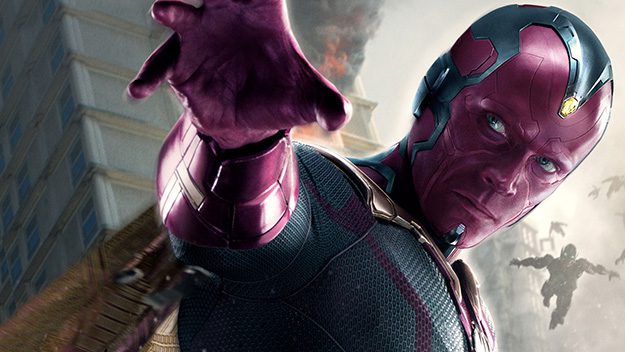In the contemporary world of artistic creations, literature, cinema, and film alongside video games thrive abundantly. However, their ultimate impact is deeply intertwined with the profound concepts crafted from the human imagination to engage audiences. In this series titled “The Origins of Iconic Characters,” we will explore the backgrounds, distinctive traits, and developmental aspects of various genres. This time, we will delve into a particularly beloved genre within the realm of science fiction: “Robot”.
Nowadays, we encounter countless depictions of robot characters in popular culture. Whether it’s the droids from “Star Wars,” the synthetic beings like Vision from Marvel films, or many other notable examples, we consistently see representations of androids, gynoids, cyborgs, or robots in general. While robots are often associated with science fiction books, films, comics, and animations, their origins reach far back in history, often unnoticed by the general public.
The term “robot” was first used in the title of the 1920 play “R.U.R.” (Rossum’s Universal Robots) by Czech playwright Karel Čapek. Čapek was the first to employ this term in a published work, although he credited his brother Josef, a painter and writer, for introducing the idea based on the word “robota,” which means “forced labor” in Czech.
Not long after its introduction, the term “robot” began to replace older terms such as “automaton” and “android.” While “automaton,” “android,” and “robot” are used today to refer specifically to machines adhering to certain rules and functions, the original meaning of the term in the context of “R.U.R.” retains a much deeper and more significant connotation.
In Czech, “robota” literally means “forced labor,” closely associated with the image of impoverished peasants subjected to oppression, and the word “robot” also derives from another term meaning “slave.” Thus, in the original work, “robots” were portrayed on stage as laborers, but were treated poorly and looked down upon by their human creators, leading to rebellion. This understanding of “robot” still resonates today and is perhaps most vividly represented in the “The Matrix” series.
Even as early as 1920, the world had begun to recognize the contributions of a man who introduced the concept of “robot” into mainstream culture, closely linked to science fiction, and established a set of “laws” for how robots should operate. This man was Isaac Asimov, a renowned science fiction author, who prominently featured “robots” in his works, thus significantly influencing the entire culture of science fiction. Since Asimov’s time, “robots” have rapidly evolved into countless other forms. From B-movie space explorers to superheroes and villains in comics, even extending to popular rock songs like “Mr. Roboto” by Styx.
However, the concept of robot-like beings has roots that stretch back even further than the modern interpretation. In ancient texts, such as the Biblical book of Ezekiel, there are references to moving statues, and in Greek mythology, we have the story of Galatea created by Pygmalion, and even automatons crafted by Hephaestus. The earliest example of robot-like entities in Western literature can be traced to the epic poem “Iliad” by Homer, where Hephaestus, the god of fire and blacksmithing, created a golden automaton to assist him in forging armor for Achilles.
Notably, the concept of robot-like entities includes a range of beings, such as the golem in Jewish folklore. In Jewish tradition, this creature was created from clay, resembling the shape of a human and brought to life by mystical means. While the golem is the most prominent example in Jewish lore, these beings appear in various forms across many cultures, each with unique interpretations and functions. Most often, these narratives are centered around the idea of humans attempting to create life, leading to complex moral implications regarding creation and responsibility.
As a modern embodiment of the “robot” concept, the tale of Frankenstein by Mary Shelley illustrates the creation of a being that is both a mixture of human and automaton. This undead creature has many characteristics of robots today, such as being created in a laboratory, animated by electricity, and possessing limited autonomy, which raises profound questions about existence and consciousness.
Ultimately, the notion of “robots” has become a significant aspect of humanity’s narrative, appearing in various forms and shapes throughout history. Regardless of the initial intention behind the creation of these beings, the term “robot” continues to symbolize the complex relationship between humanity, technology, and morality, often reflecting our fears and aspirations regarding creation and life itself.
According to Geek
Top 10 Most Interesting Rival Characters in Anime According to Japanese Audiences























